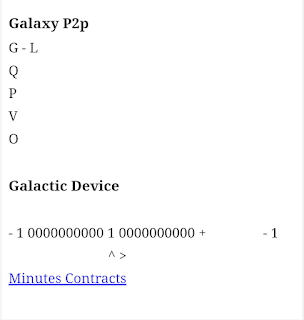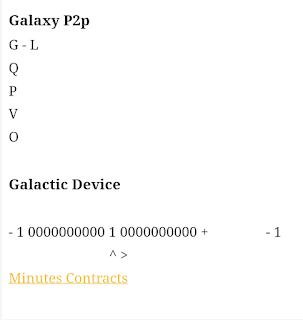Gold $2,640
Trading gold can be a lucrative investment strategy, but it also comes with risks. Here's a brief guide on how you can trade gold:
1. Gold as a Commodity (Physical Gold)
Gold Bullion:
This includes gold bars, coins, or jewelry. Physical gold is bought through dealers or auctions and is often stored in secure vaults.
Gold ETFs (Exchange-Traded Funds): ETFs like SPDR Gold Shares (GLD) allow you to invest in gold without owning physical gold. These funds track the price of gold.
Gold Futures: This is a contract to buy or sell gold at a set price on a future date. It’s leveraged and carries a higher risk but can yield significant profits in a short time.
2. Gold in Financial Markets (Paper Gold)
Gold Futures and Options:
These are financial derivatives based on the price of gold. Futures give you the obligation to buy or sell at a future date, while options give you the right (but not the obligation) to trade gold at a set price.
Gold Stocks: Invest in gold mining companies or gold-related firms. If gold prices rise, the value of these companies often increases.
Gold CFDs (Contracts for Difference): CFDs are derivative instruments where you can speculate on the price of gold without owning the asset. You can profit from both rising and falling prices.
3. Gold Trading Platforms
Forex Brokers:
Many forex brokers offer the ability to trade gold as a currency pair (XAU/USD), allowing you to speculate on gold prices in the global market.
Commodities Exchanges:
You can trade gold through major exchanges like the COMEX in the U.S. or the London Metal Exchange.
Online Trading Platforms:
Many online brokers and platforms (e.g., eToro, Plus500, etc.) allow users to trade gold contracts.
4. Market Influences
Inflation and Economic Uncertainty: Gold is often seen as a safe haven during times of economic downturn or inflation. When the market is unstable, demand for gold typically increases.
U.S. Dollar Strength:
Gold tends to have an inverse relationship with the U.S. dollar. When the dollar weakens, gold prices tend to rise, and vice versa.
Interest Rates:
Higher interest rates can decrease demand for gold because it does not offer a yield like bonds or other interest-bearing assets.
5. Gold Trading Strategies
Long-Term Investment:
Some investors hold gold as a store of value, betting that its price will increase over time, especially during periods of economic or geopolitical uncertainty.
Short-Term Trading:
Traders may buy and sell gold on a shorter-term basis, taking advantage of price swings based on technical analysis, news, or market sentiment.
Hedging:
Investors who own assets like stocks or bonds may buy gold as a hedge against potential losses in those markets.
6. Risks of Trading Gold
Volatility: Gold prices can be volatile, especially in the short term.
Leverage: Using leverage (like in futures or CFDs) increases potential profits but also magnifies risks.
Storage and Insurance: If trading physical gold, you need to account for storage and insurance costs.
Conclusion:
Whether you're trading gold through futures, ETFs, physical gold, or stocks, it’s important to understand the market forces that affect its price and manage your risk accordingly.









0 Comments